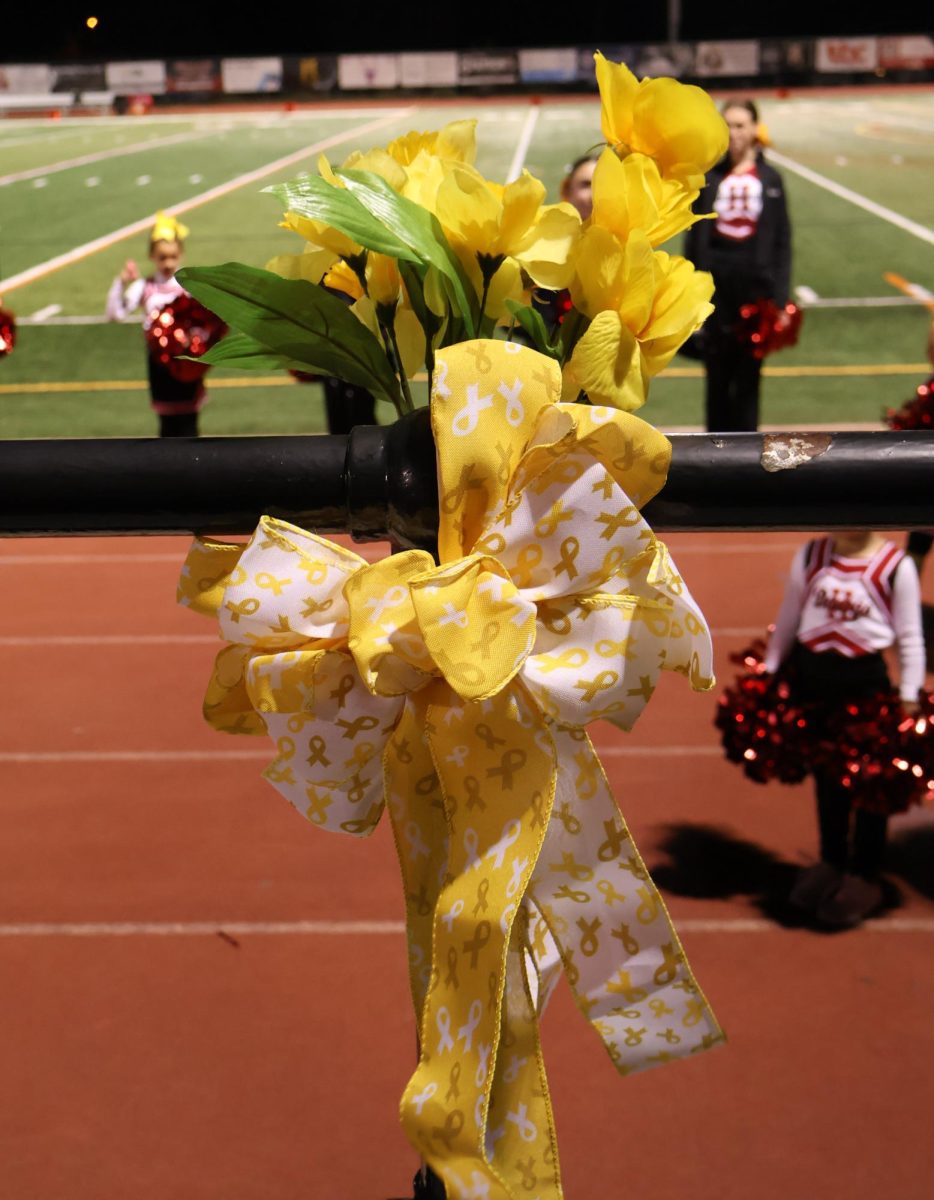Celebrating 50 Years of Title IX, But Everything Is Still Not 50/50
JV Cross Country Women’s Team Win 2nd Pace at Bowdoin on September 25, 2021
September 29, 2021
June 23, 2022 will mark an important milestone in women’s rights: the 50 year anniversary of the passage of Title IX of the Education Amendment Act of 1972. This federal law signed by President Richard Nixon states that “no person in the United States shall, on the basis of sex, be excluded from participation in, be denied the benefits of, or be subjected to discrimination under any sort of education program or activity recieving federal financial assistance.” The passage of Title IX ensured women equity in both education and athletics, and was arguably the most impactful law for gender equality after the 19th amendment.
Title IX applies to athletic participation in three ways, according to the NCAA. First, women and men must be provided equitable opportunities to participate in sports. Second, male and female student athletes must receive athletic scholarships proportional to their participation. Lastly, male and female athletes must have equal access to resources. This includes equipment, scheduling of games and practices, travel allowances, tutoring access, coaching, locker rooms, and medical services.
Even after 50 years of enforcement, however, female athletes still struggle to receive equal opportunities on and off the field. The athletic apparel company Champion Women conducted an in-depth analysis of collegiate athletic disparities which found that a staggering 90% of colleges and universities discriminate against women’s sports.
In March of 2021, photos from the NCAA March Madness tournament illuminated the extreme disparity between women’s and men’s basketball. The “weight room” for women consisted of a stack of six dumbbells, and the female basketball teams were given small, prepackaged meals while the men’s team received an expansive buffet. Many also complained about COVID-19 testing disparities; the women’s team received less reliable antigen tests while the men’s team received more reliable PCR tests.
The NCAA claims to establish an environment that is free of gender bias on their website, but has repeatedly proven itself to be an institution that perpetuates sexism in athletics. In fact, according to NBC, the NCAA lobbied strongly against Title IX when it was first proposed, fearing it would have a hardship on men’s teams.
Gender discrimination in sports also affects the women of HMHS. Bulldawg Bulletin staff writer Jessica Goode previously discussed the inequity in athletic clothing requirements for women. Although this controversy has been resolved, an anonymous survey sent out to HMHS athletes in September of 2021 revealed the immense frustration of women who participate in school sports.
The survey stated that 47% of respondents–both male and female–believe that women’s sports do not receive equal opportunities at the high school when compared to men’s sports. Almost every female athlete used the word “undervalued” in their response; one noted, “[While I have] not experienced discrimination explicitly, I feel like we are undervalued by the town, student body, and athletic department.”
These sentiments reflect women’s sports on a national level. Funding, scheduling, and opportunities are disproportionately given to men’s athletics. Sports by nature are meant to empower, inspire, and improve physical and mental health. However, when one demographic is excluded from those benefits, it negates all of the positive effects.
Hopefully, the looming anniversary of Title IX will act as a propellant for rapid change within school athletics. High schools across the country are planning celebratory events to honor their female athletes, and HMHS will hopefully follow suit and honor the hardworking and dedicated female athletes that work tirelessly to represent their school.








